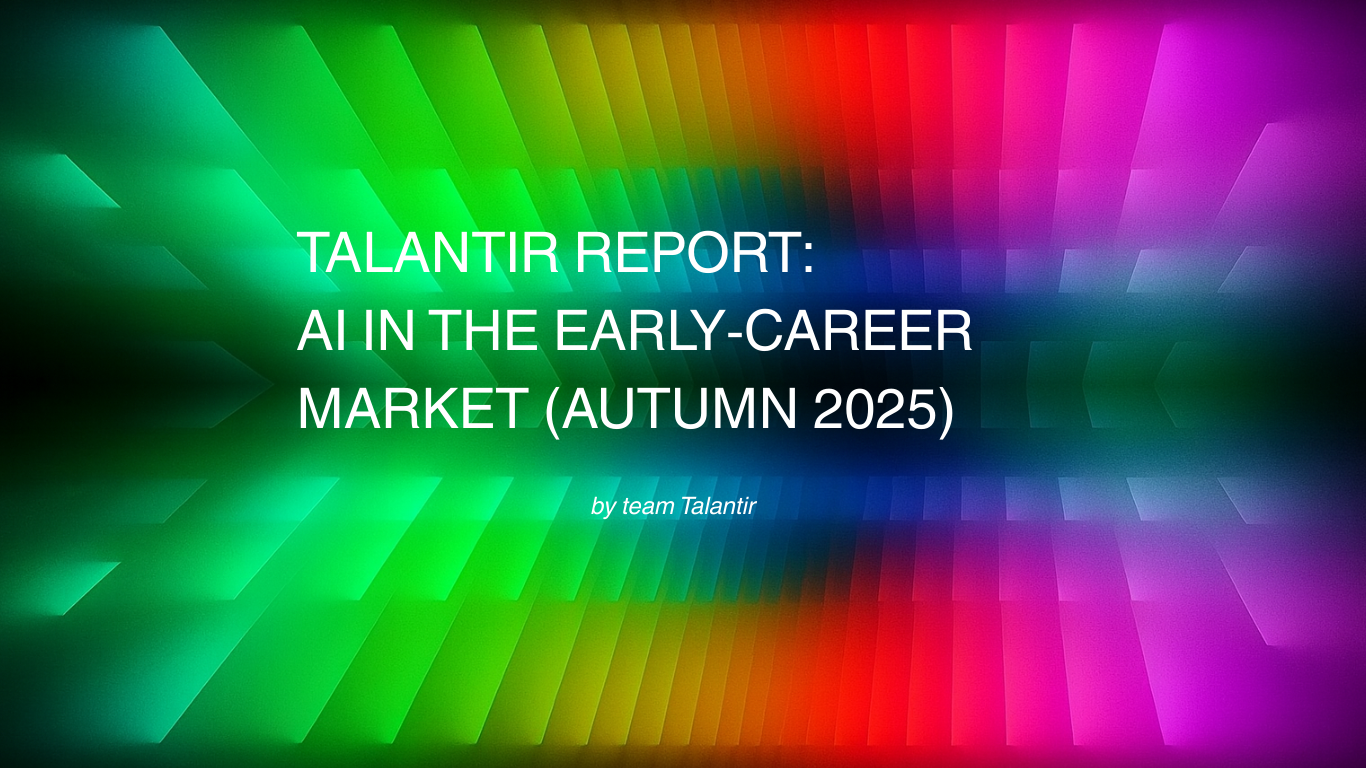Executive Summary
What’s happening. OpenAI is building an AI‑enabled jobs platform anchored in in‑app learning (Study Mode), OpenAI Academy, and forthcoming Certifications, positioning itself between skills, credentials, and matching. LinkedIn is re‑platforming discovery with conversational job search and recruiter copilots, using its network effects to defend and extend the hiring graph.
European context. Three structural forces set Europe apart: (1) the EU AI Act, which classifies recruiting/worker‑management AI as high‑risk (documentation, human oversight, transparency, post‑market monitoring); (2) shared semantics via ESCO (skills/occupations), and (3) portable, verifiable credentials via Europass EDC and EBSI wallets.
Data anchors. EU had ≈10.3M ICT specialists in 2024 vs a 20M target by 2030; ≈56% of adults had basic digital skills in 2023 (target 80%). Enterprise AI adoption reached ≈13.5% in 2024 (≈41% for large firms). GenAI job postings rose from tens (2021) to ≈10k/month (May 2025). Postings that include AI skills carry ≈28% salary premiums. Advanced‑economy exposure to AI is ≈60% of jobs.
Implication. The market will reward assessment‑native, credential‑portable, compliance‑first solutions that make proofs machine‑readable and auditable across borders.
Implications for employers. Prioritize verifiable skills signals (EDC micro‑credentials mapped to ESCO), adopt assessment‑native hiring for early‑career roles, require AI‑Act‑ready transparency (human oversight, logs, candidate notices), and ensure ATS support for credentials as structured data.
